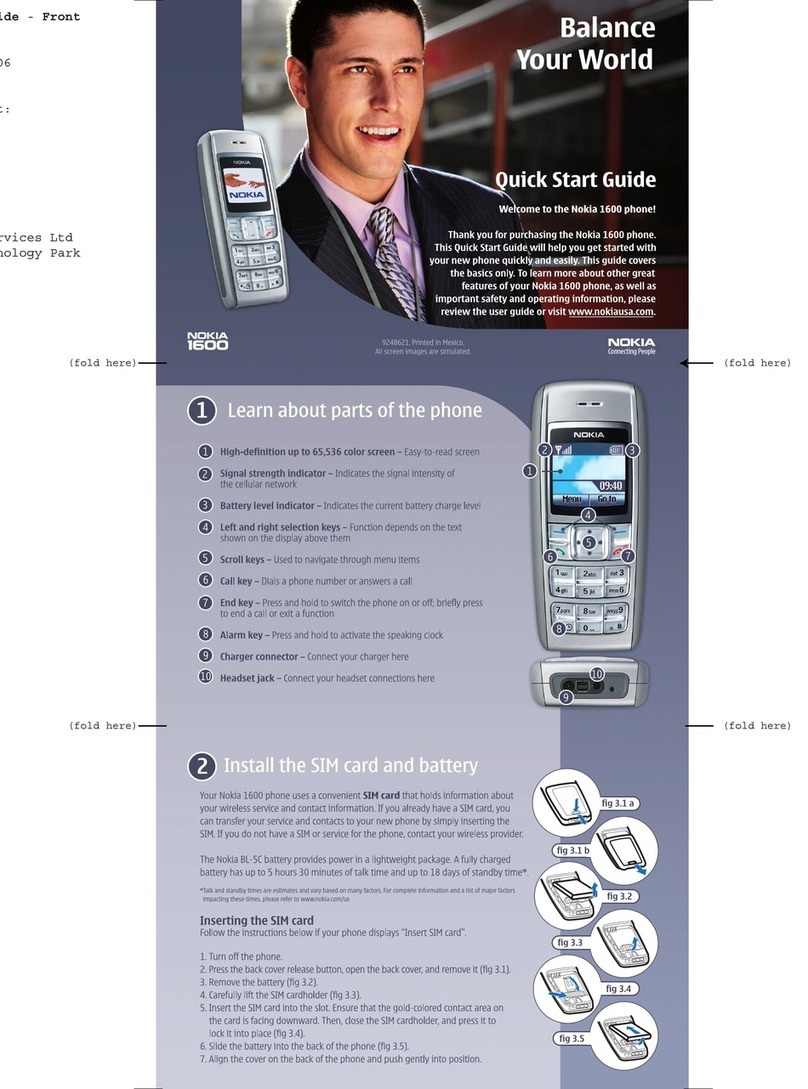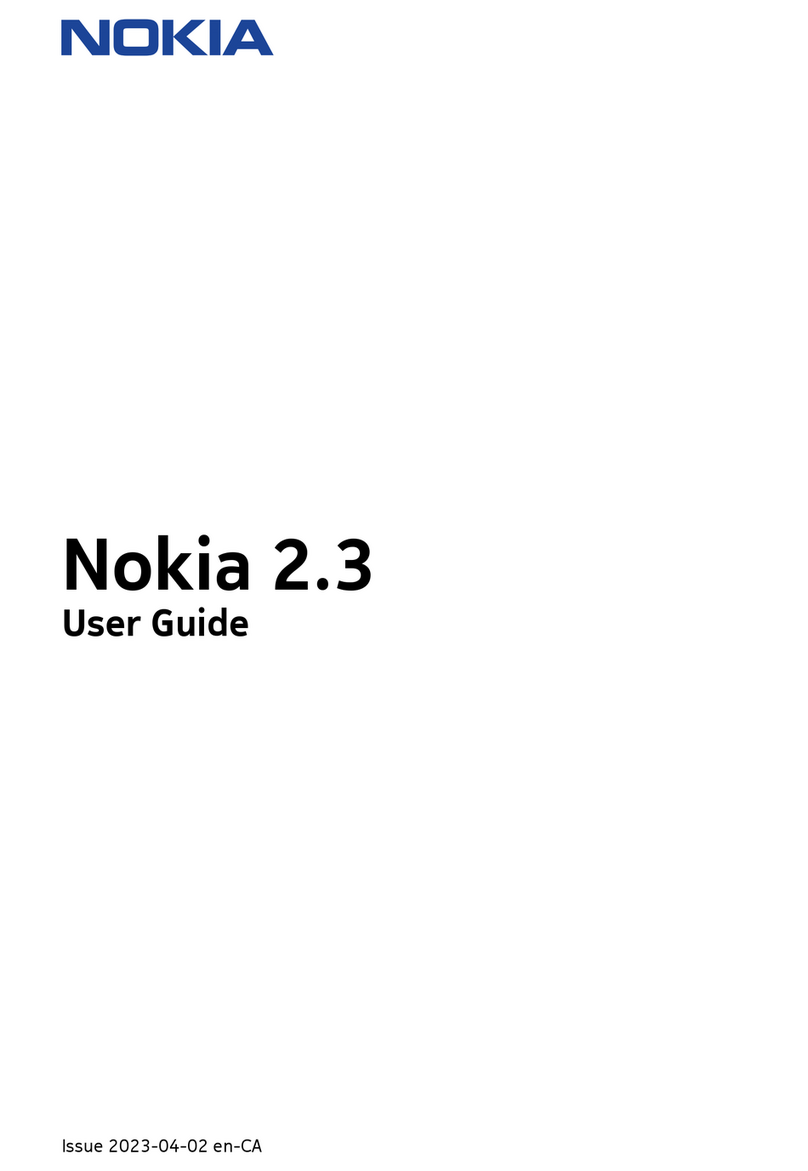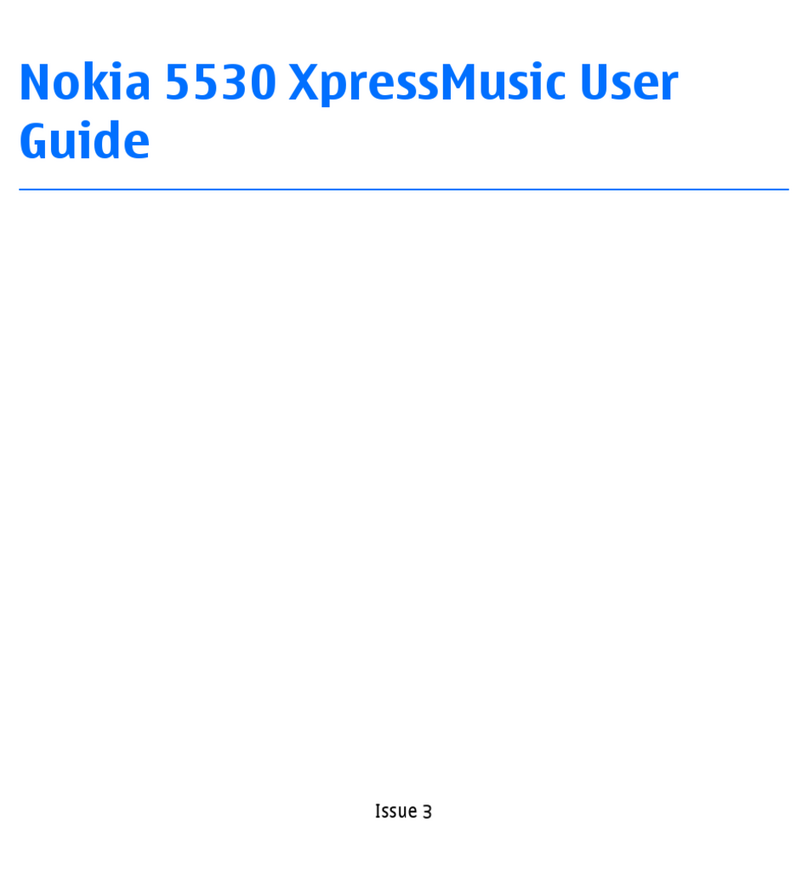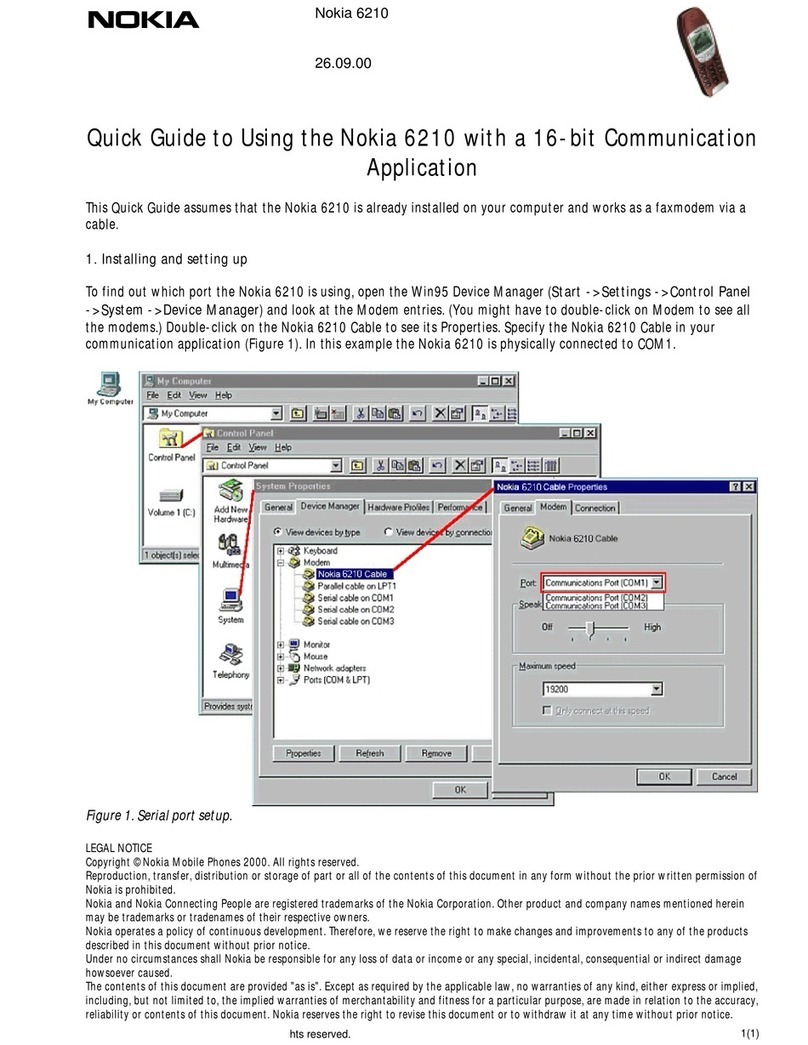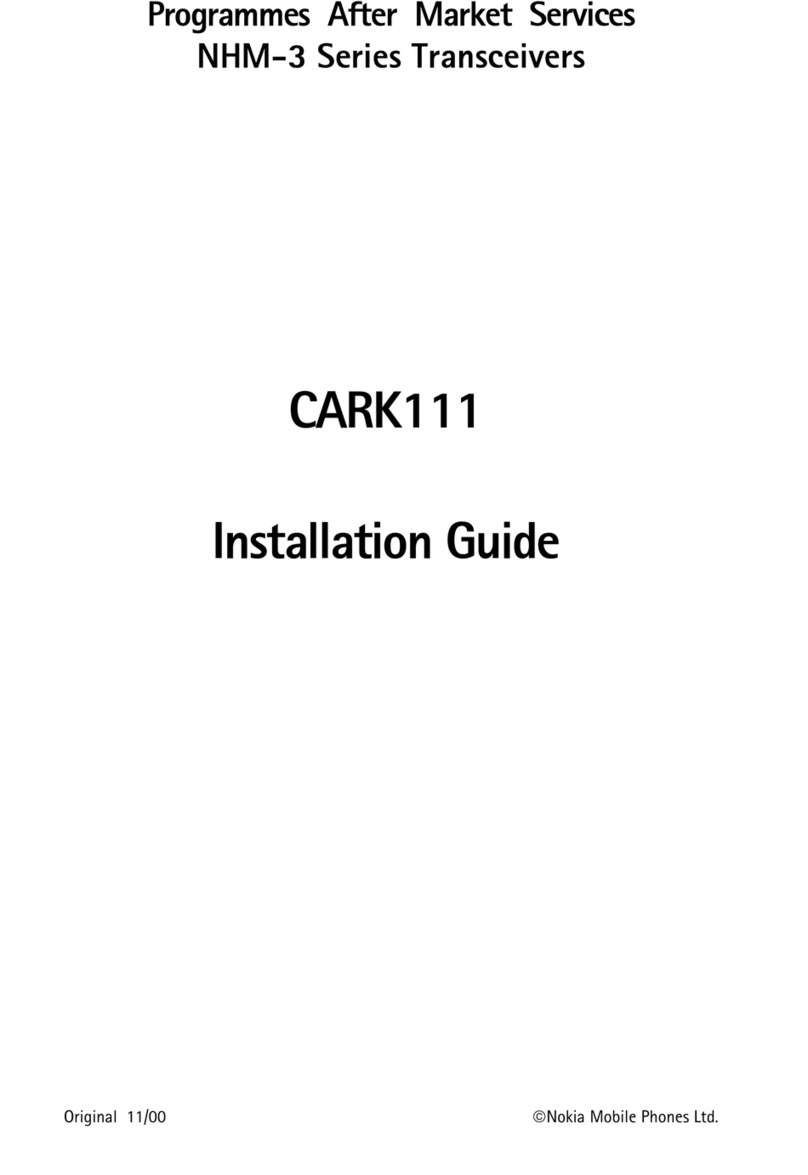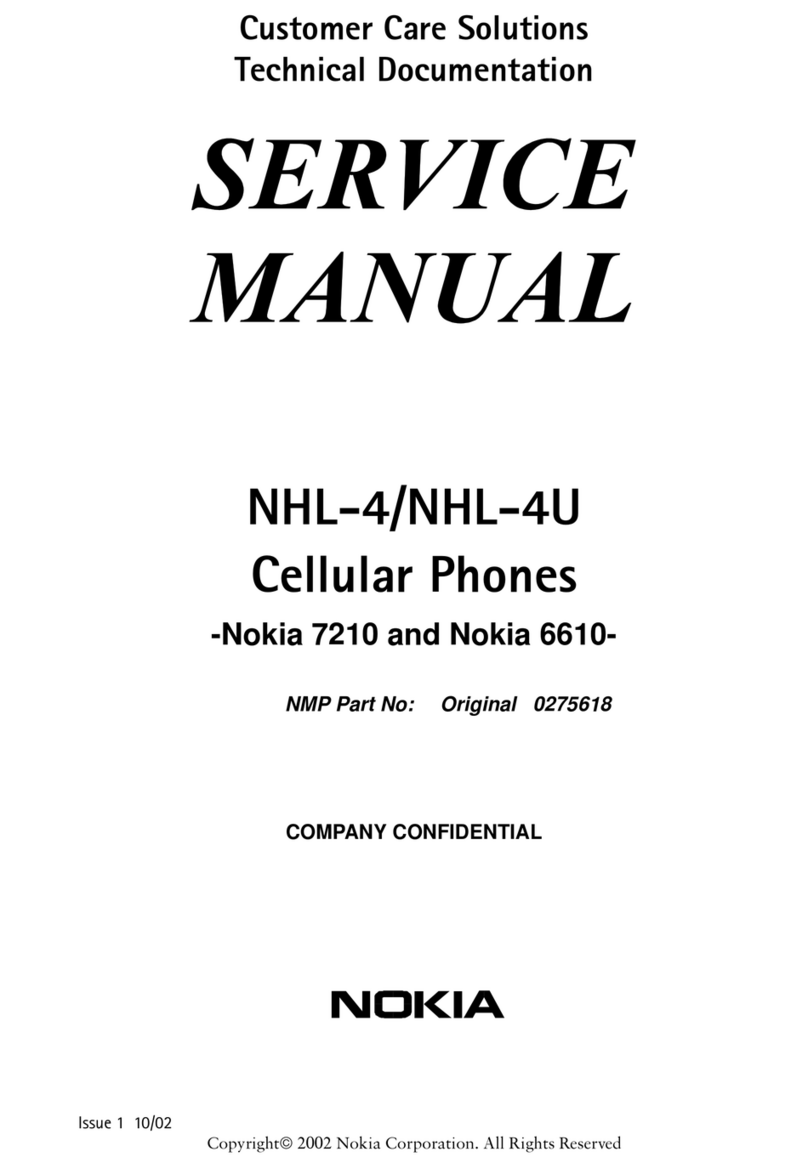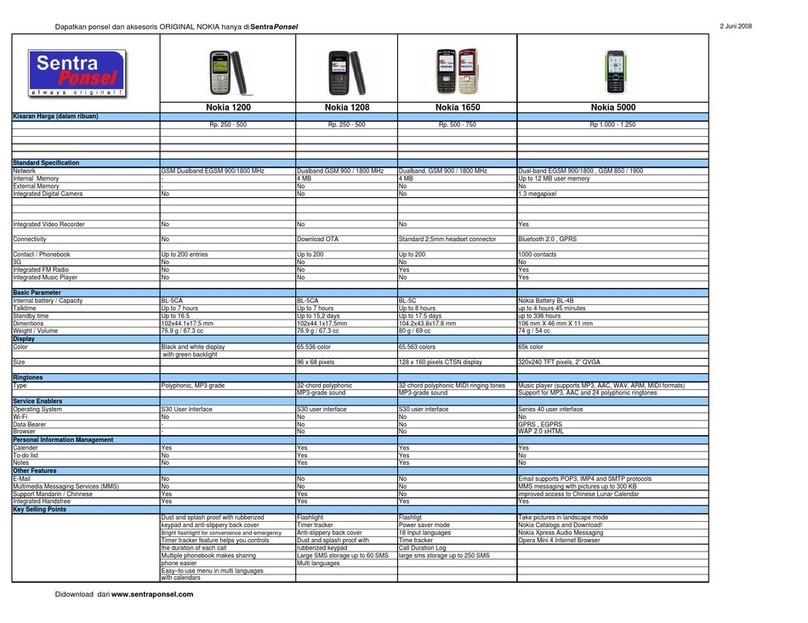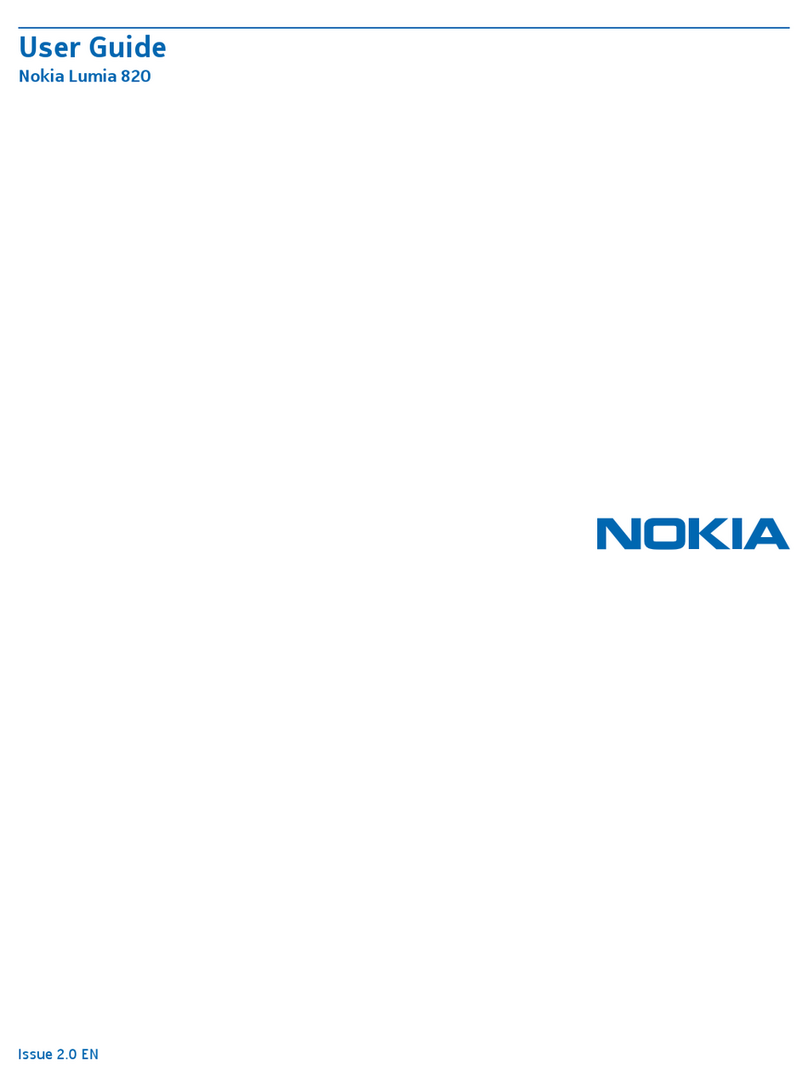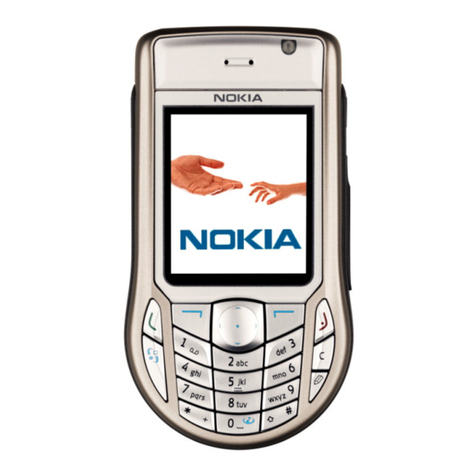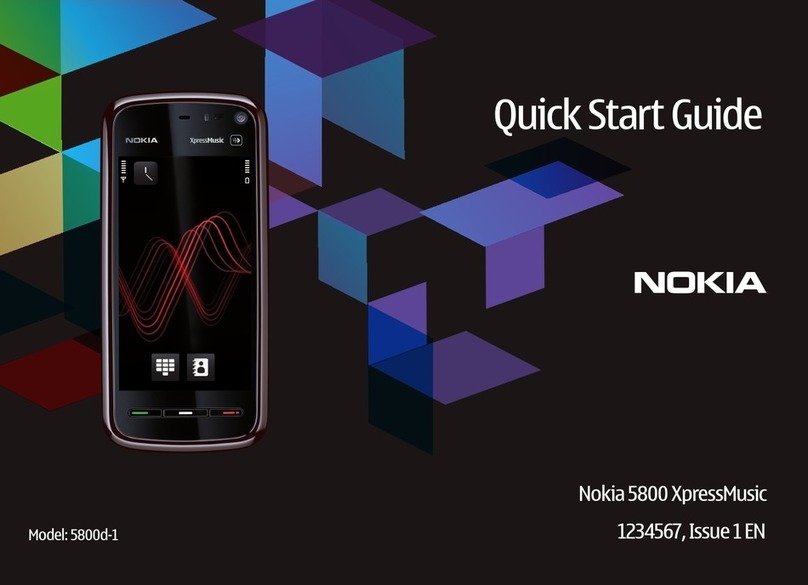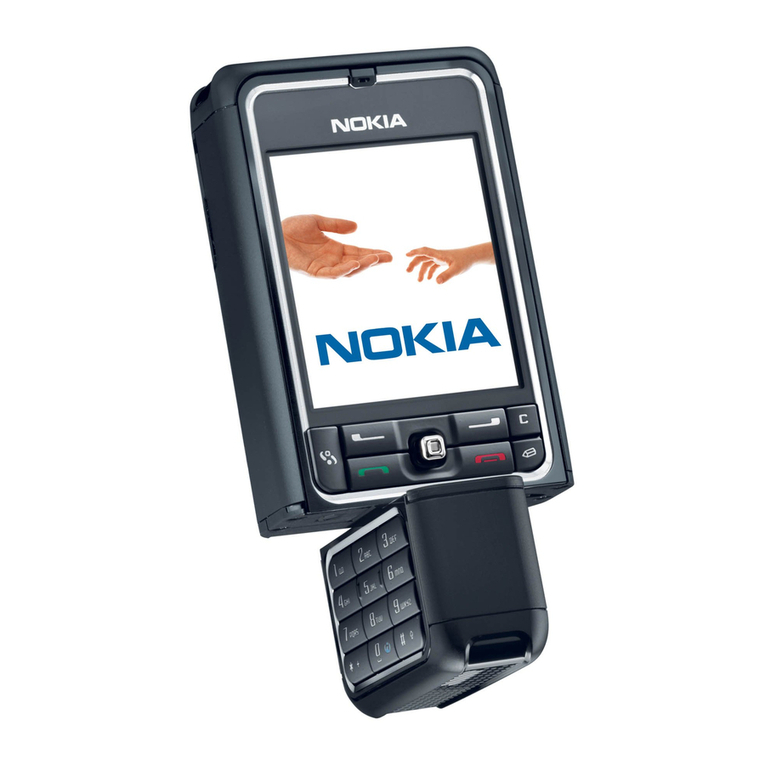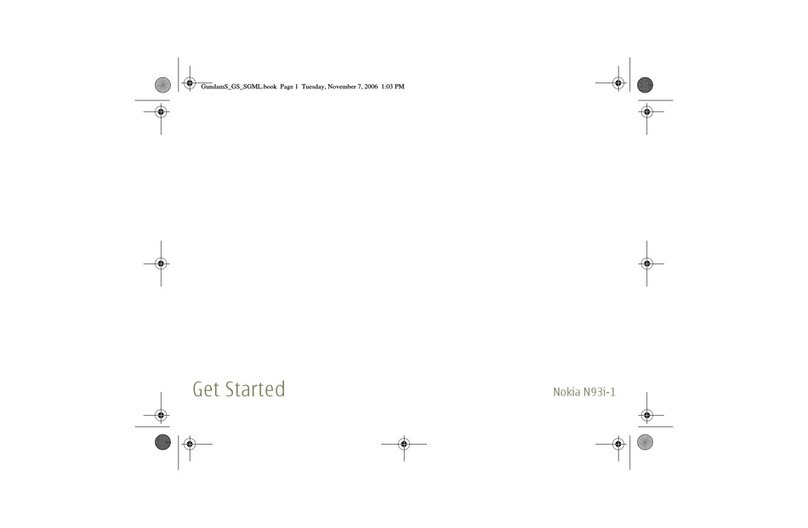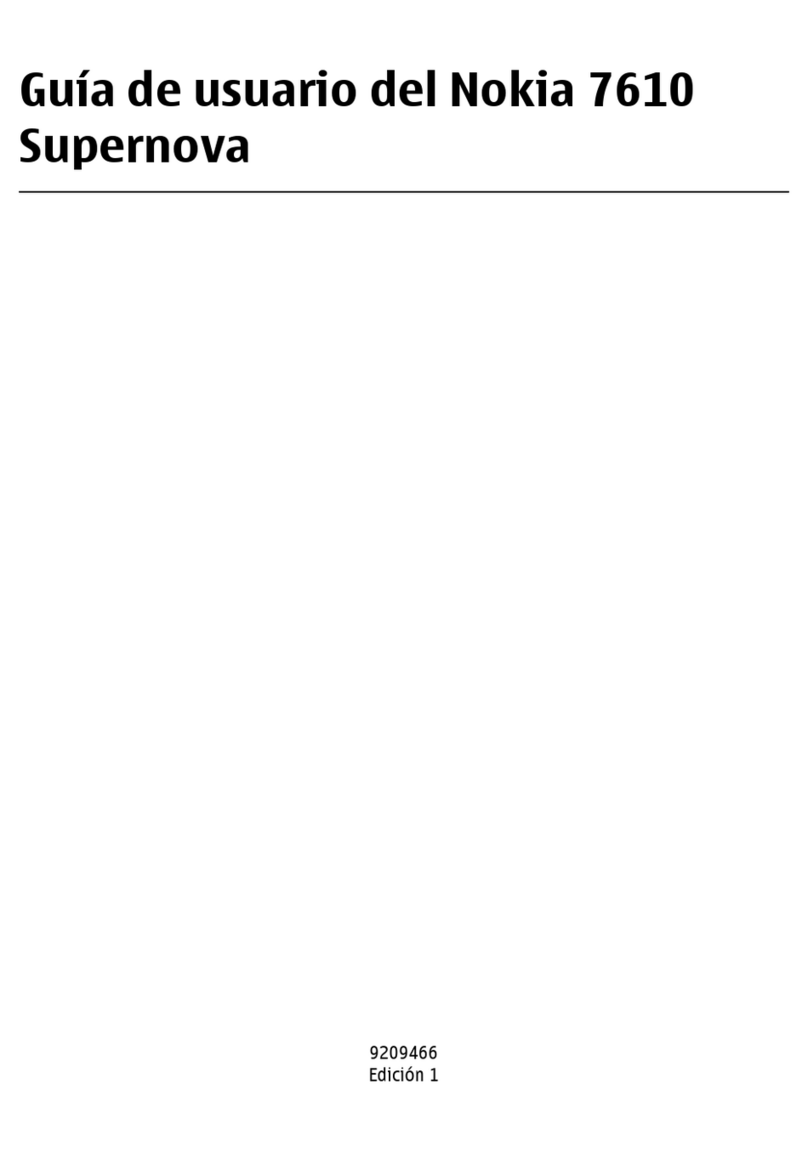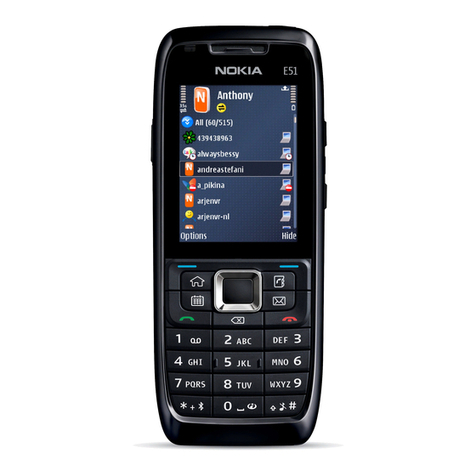
C
Copyright © 2001. Nokia Mobile Phones. All rights reserved.
Nokia 6090 technical information 3
TABLE OF CONTENTS
1 INTRODUCTION..................................................................................................................... 4
2 SYSTEM OVERVIEW............................................................................................................. 4
3 TRANSCEIVER FEATURES LIST AND DIMENSIONS ......................................................... 6
4 BASIC SPECIFICATIONS...................................................................................................... 7
5 TRANSCEIVER DRAWINGS.................................................................................................. 8
6 DATA CONNECTOR DESCRIPTION AND PINNING ............................................................ 9
6.1 DATA CONNECTOR DESCRIPTION ...........................................................................................9
6.2 DATA CONNECTOR PINNING................................................................................................... 9
7 SYSTEM CONNECTOR DESCRIPTION AND PINNING...................................................... 10
7.1 SYSTEM CONNECTOR DESCRIPTION ..................................................................................... 10
7.2 SYSTEM CONNECTOR PINNING............................................................................................. 12
8 ADDITIONAL INFORMATION.............................................................................................. 12
Table 1: Overall transceiver dimensions...........................................................................6
Table 2: Basic specifications............................................................................................7
Table 3: Pinning of the data connector (RS-232 Interface)...............................................9
Figure 1 : System overview of Nokia 6090.......................................................................5
Figure 2: Dimensions of transceiver (front view)...............................................................6
Figure 3: Dimensions of transceiver (top view).................................................................6
Figure 4: Nokia 6090 transceiver (with housing)...............................................................8
Figure 5: Nokia 6090 housing open..................................................................................8
Figure 6: Nokia 6090 integrated data connector (front view)............................................9
Figure 7: System connector (transceiver side) ...............................................................10
Figure 8: System connector (system cable side)............................................................11
Figure 9: Pinning of the system connector .....................................................................12
